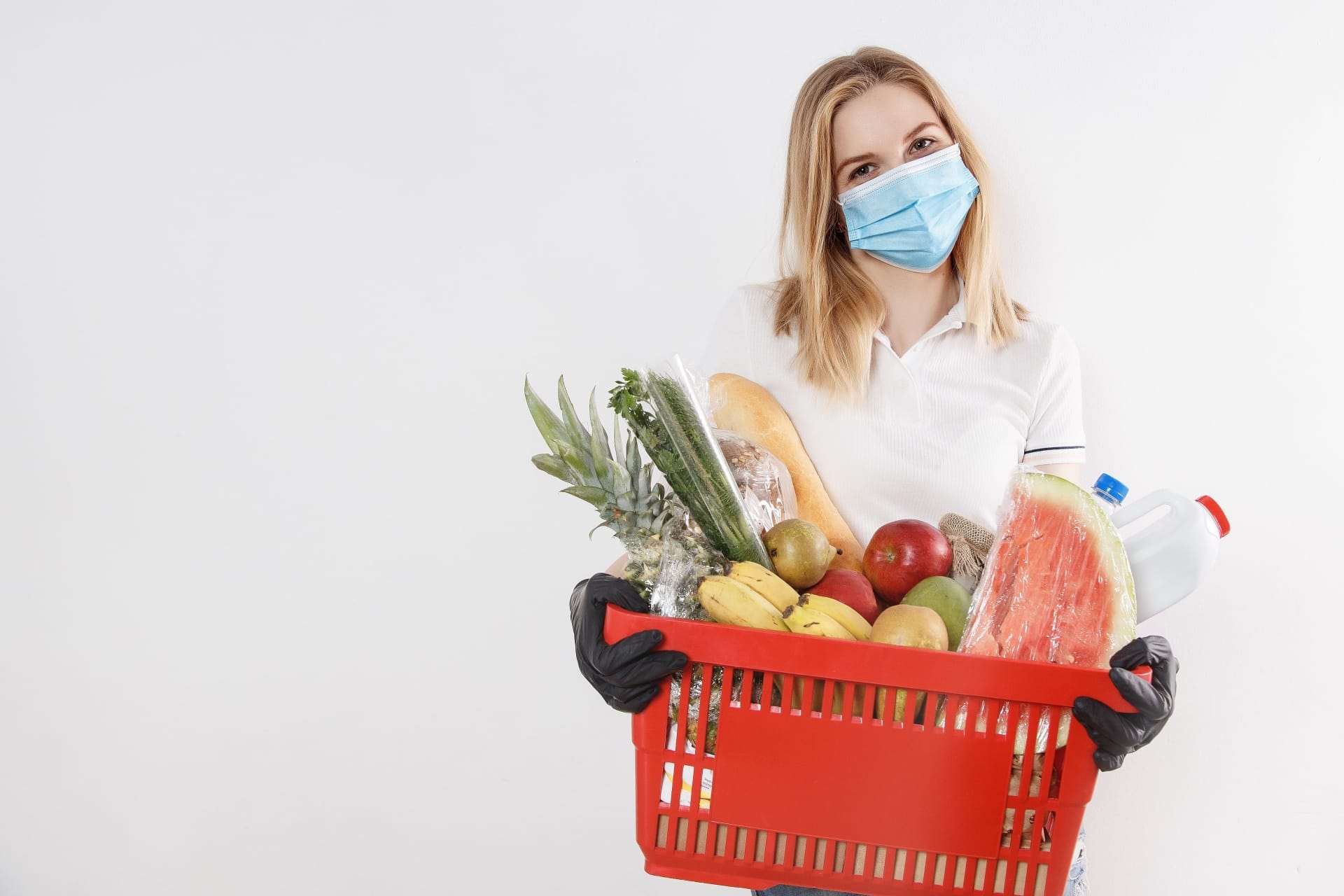E-Food
In the wake of the Corona crisis, the megatrend of connectivity really took hold in the grocery trade and finally made Germans order groceries online. Where online retail as a whole grew by just under 15 percent in 2020, online grocery retail grew by a whopping 67 percent to 2.67 billion euros – no other industry was able to record such high growth rates. Online marketplaces, direct marketers and other e-food providers were still struggling to meet the rapidly growing demand at the beginning of the pandemic. In the meantime, however, the processes have improved, especially in terms of picking and delivery. However, none of this should obscure the fact that just over two percent of sales in the food sector are generated via the Internet. By way of comparison, the figure is a good ten percent in France and just under 14 percent in the UK. The main reason for this is the comparatively dense network of supermarkets in Germany, which means that shopping is usually just a few minutes’ walk away. However, the pressure on stationary retail is increasing as more and more online delivery services are entering the market.

The food trends Regional Food and Seasonal Food, which had already been topical before Corona, experienced another enormous upswing as a result of the crisis. In connection with the e-food trend, the following success story emerged: the online delivery service Frischepost – a Hamburg-based start-up that cooperates with local farmers – was able to increase its B2C sales sevenfold in the Corona context.

Best Practices: REWE, PICNIC, FRISCHEPOST
Photo: Unsplash, Fresh Post